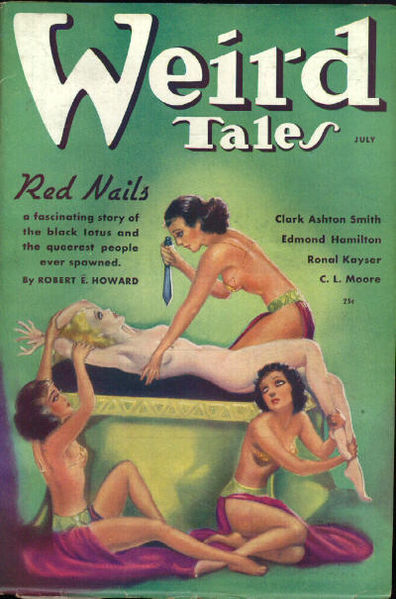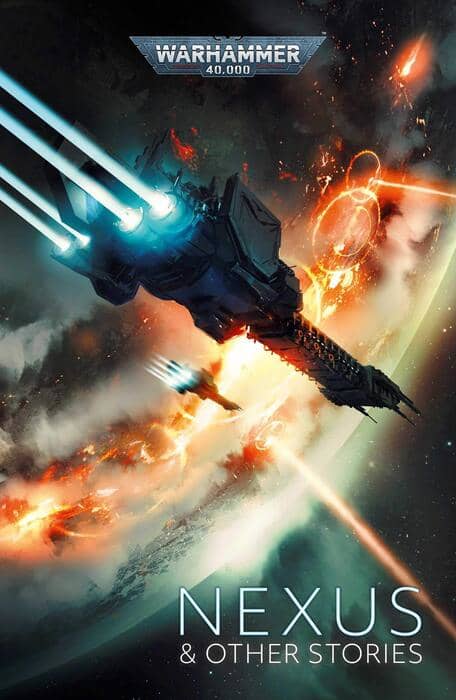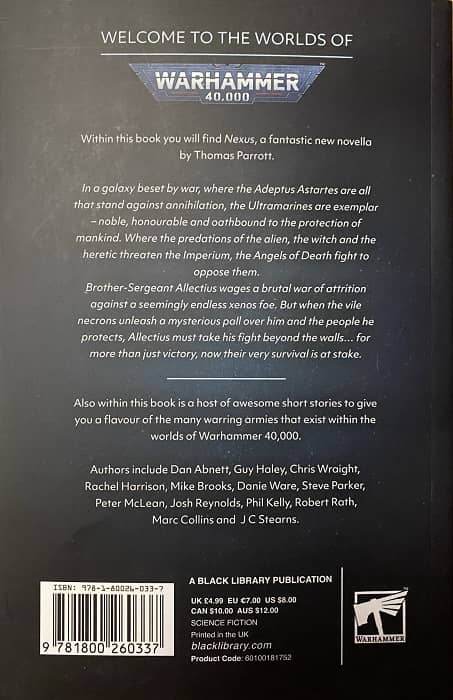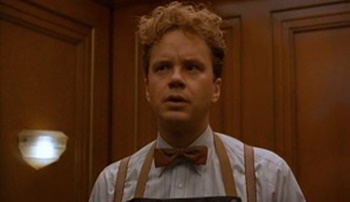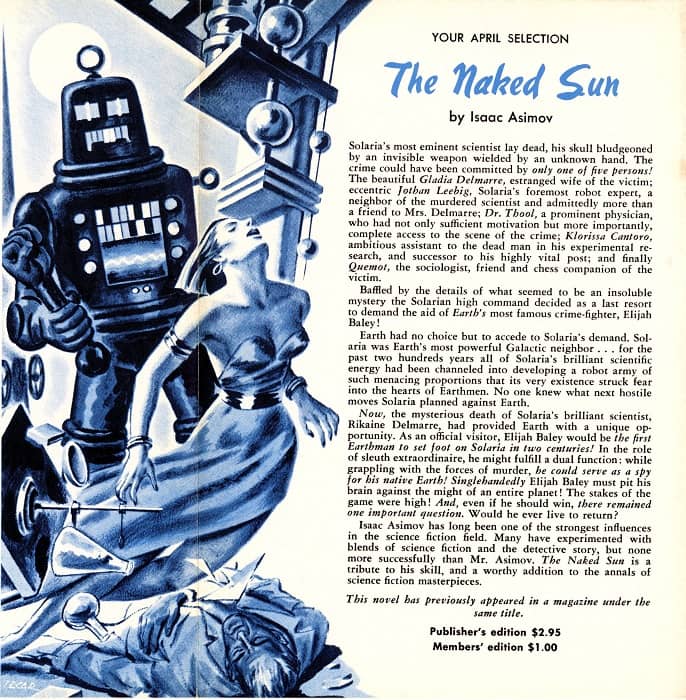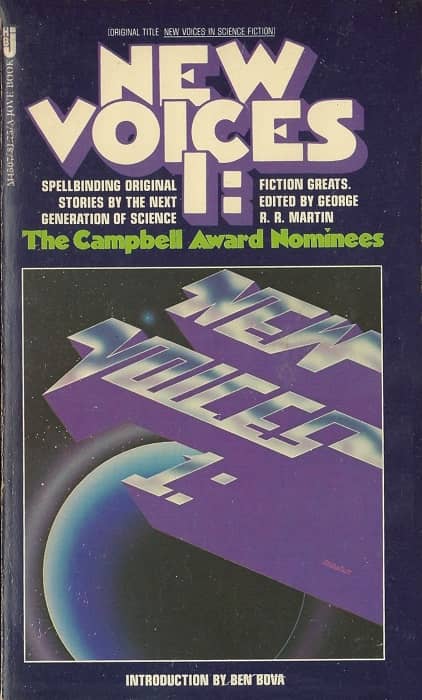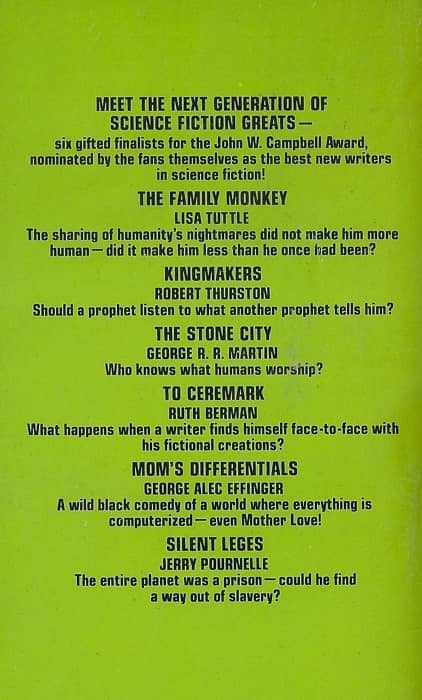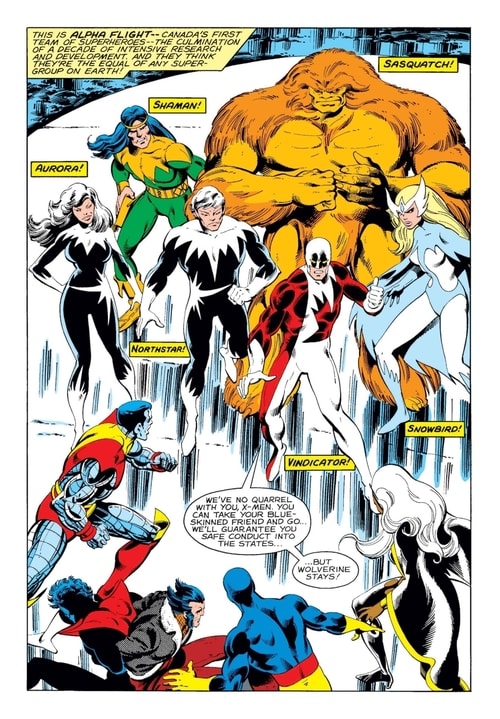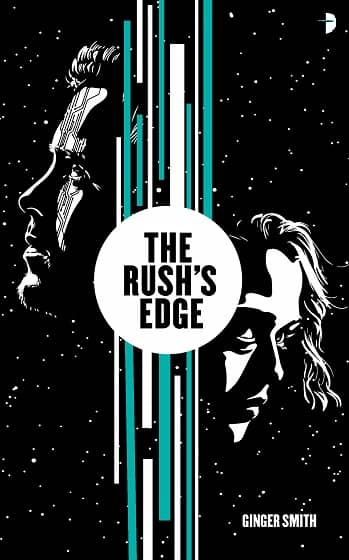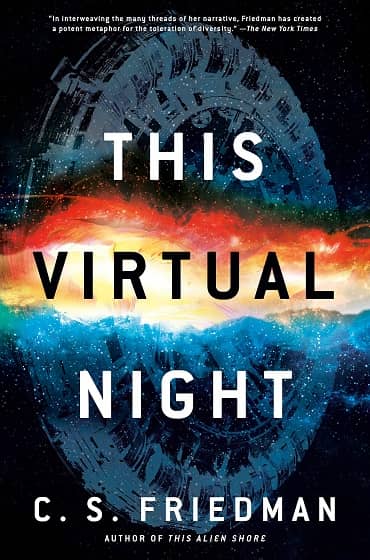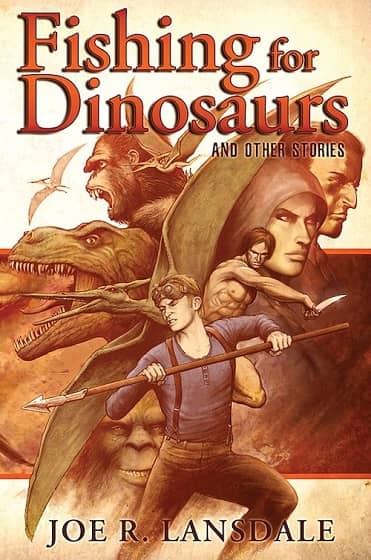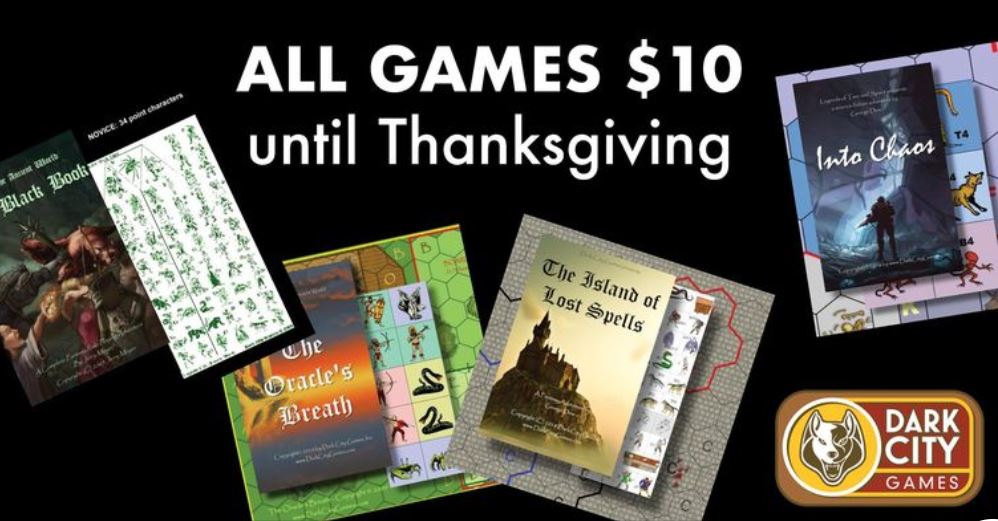Black Gate is Moving!

Black Gate is moving!
If you’ve had trouble leaving a comment recently, or logging into the site to create an article (or for any reason), that’s the likely reason. For the last 20 years we were hosted at Toybox in Ottawa, run with tireless efficiency by Roy Hopper, but Roy has decided to wind down the business. Effective yesterday afternoon, we migrated the entire site to a brand new hosting service in Florida.
This wasn’t exactly an easy process (not according to the exhausted late-night calls we got from Support at our new service provider, anyway). It involved moving over 211,000 files, uncounted gigs of images, sound files (who uploaded sound files?), and strange databases apparently created by DAW Books in the 1970s. Our offices look like a Marvel Studios sound stage after a wrap party.
All of this is a prelude to begging your indulgence for the next few days. Simultaneous with the migration, we upgraded our WordPress install, moved our email servers, and shed several old databases and obsolete plug-ins. Like Bones stepping off a transporter pad, we’re padding ourselves down to make sure all our parts arrived intact. Things are sure to be a little off-kilter for at least the next few days — and maybe a little later than usual. (And if you’re a BG contributor frustrated with the new setup, don’t hesitate to get in touch to ask for help.)
With luck, the whole team will be back to normal next month. In the meantime, enjoy the Thanksgiving holiday (for our US readers), and for international visitors, enjoy the coming slate of holidays SF and fantasy books.
And thanks in advance for your patience with us!

